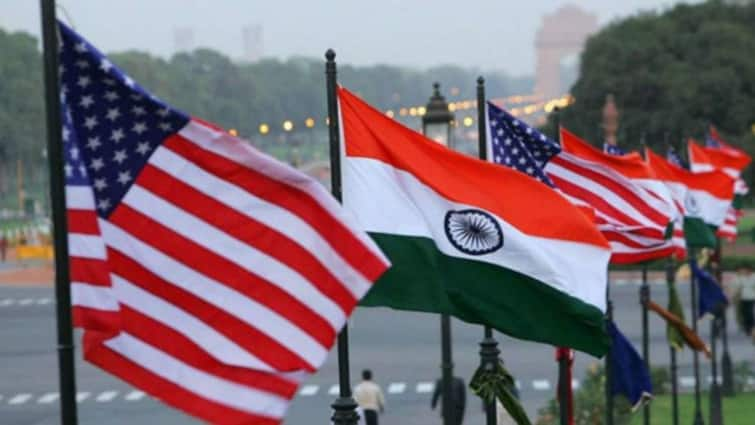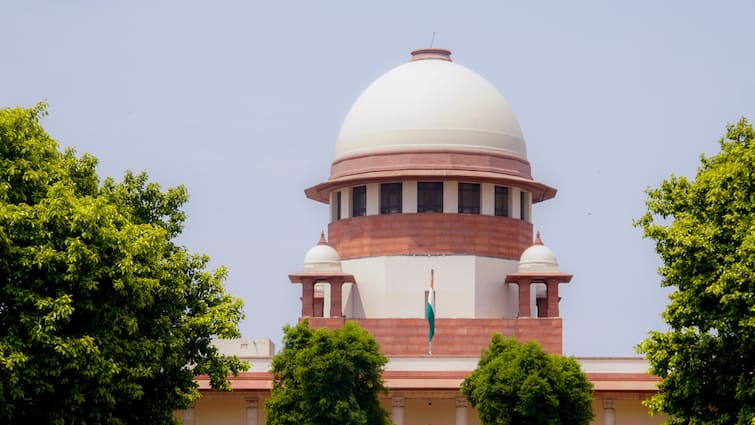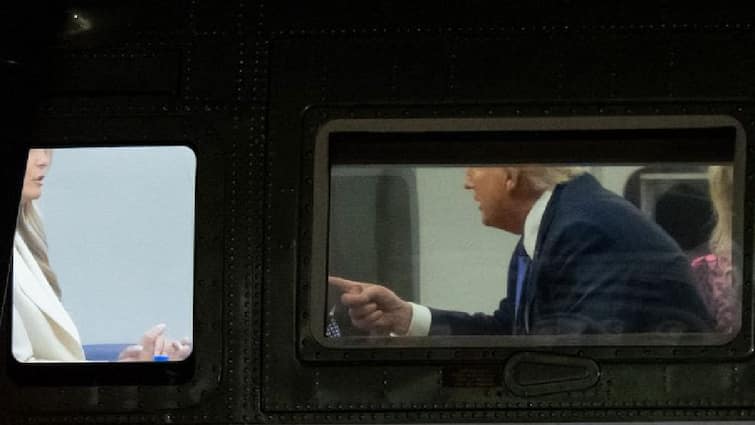Amid a growing tariff row, India and the United States have reaffirmed their commitment to fast-tracking discussions on a mutually beneficial Bilateral Trade Agreement (BTA). An Indian delegation, led by Commerce and Industries Minister Piyush Goyal, visited the US between September 22 and 24 to meet senior government officials, businesses, and investors.
“Both sides exchanged views on possible contours of the deal and it was decided to continue the engagements with a view to achieve early conclusion of a mutually beneficial Trade Agreement,” the government said in a statement.
Key Meetings with US Officials and Businesses
During the visit, Goyal held meetings with Ambassador Jamieson Greer, United States Trade Representative, and Sergio Gor, US Ambassador-designate to India, where bilateral trade issues were discussed.
The Indian delegation also engaged with major US-based businesses and investors to strengthen economic ties. According to the government, the discussions received a “positive response,” with business leaders expressing confidence in the India growth story and showing willingness to expand their activities in the country.
Tariffs and Visa Fee Add Strain to Trade Relations
The renewed push for a trade pact comes against the backdrop of recent tariff hikes by the US and a steep new visa fee.
In July, President Trump imposed 25 per cent tariffs on Indian goods despite earlier expectations of an interim trade agreement.
A few days later, an additional 25 per cent tariff was announced, raising the total tariff burden to 50 per cent, citing India’s continued imports of Russian oil. These tariffs came into effect on August 27.
Last week, Trump introduced a $100,000 fee on new H1-B visa petitions, a move set to hit Indian professionals the hardest, who account for over 72 per cent of H1-B workers.
From October 1, 2025, the US will also impose a 100 per cent tariff on branded and patented pharmaceutical products, which could significantly impact India, home to the largest number of US FDA-approved plants outside America, according to the India Brand Equity Foundation.
Agriculture and Dairy a Sticking Point
While both countries are negotiating for a balanced outcome, India has reservations over US demands to open its agriculture and dairy sectors. These sectors are considered critical and sensitive, providing livelihood to millions of Indians.
India and the US began talks for the Bilateral Trade Agreement (BTA) in March 2025, with an aim to complete the first stage of negotiations by October–November 2025.
Pharma Exports at Risk from New Tariffs
India’s pharmaceutical exports are among the sectors most exposed to US tariff actions. In FY25 (April–December), India exported Rs 1.87 lakh crore ($21.7 billion) worth of pharmaceutical products, with the US, UK, South Africa, the Netherlands, and France as key destinations.
Globally, India’s pharma exports stood at over $30 billion in 2024-25, with formulations and biologics making up nearly 79 per cent of the total.



